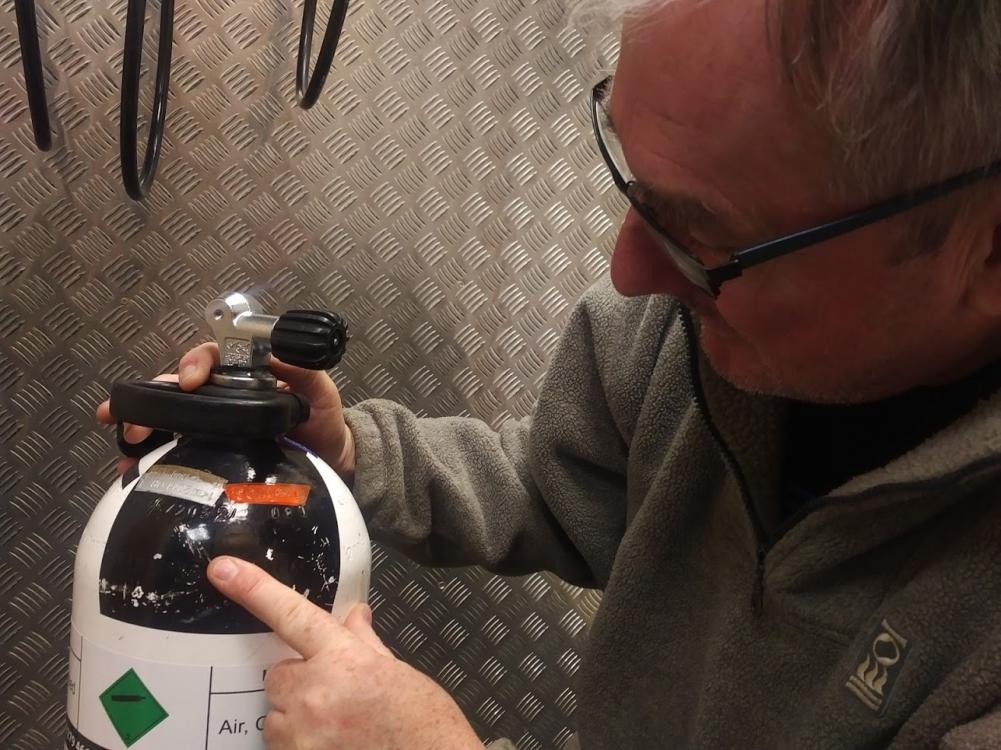Learner Diver
Banned
Recently I visited an address to purchase a cylinder which the owner was selling. It had about 3 stamps on the crown which looked quite dodgy. I questioned why they were there and he said it was part of scuba safety standards. I asked him is that everywhere. He told me the UK was 3 years, the US was 5, China was 3 and Thailand was 7. I asked him why such a discrepancy. He just told me I was lucky I don’t dive in Australia where they purposely punch holes in your cylinder so as to make you purchase a brand new one every few years. I declined to buy the cylinder on grounds I wanted a second opinion.




